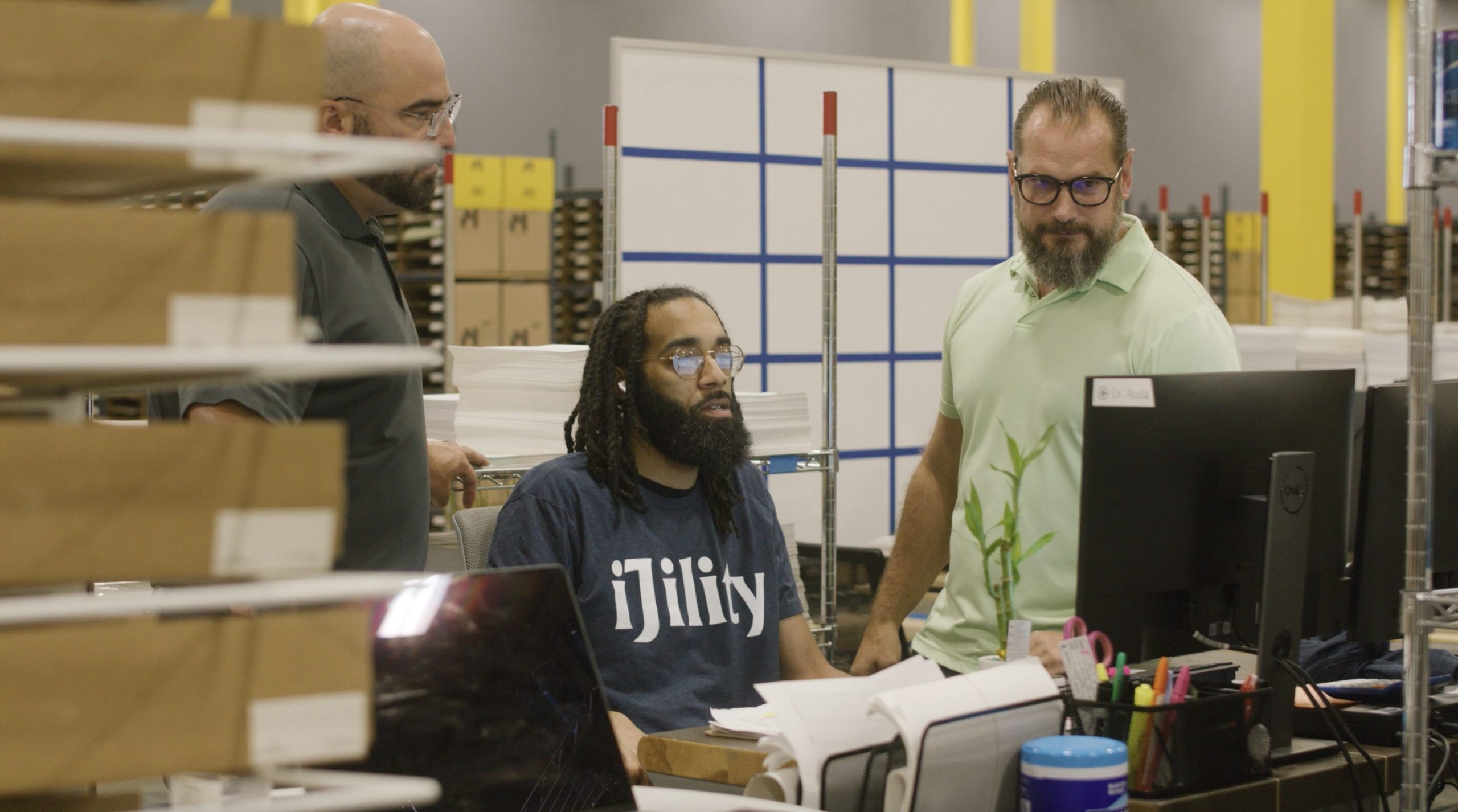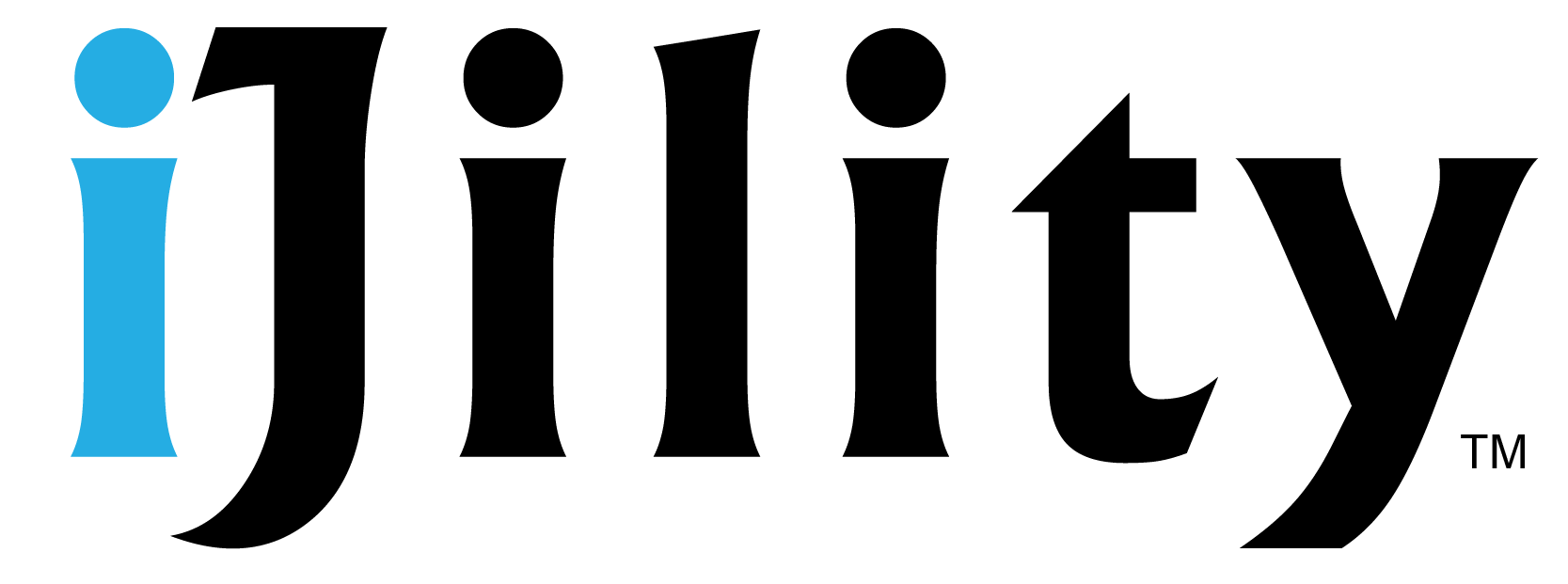
Key Takeaways
- Strategic Workforce Planning is a critical aspect of managing workforce scalability, involving forecasting staffing needs, maintaining a talent pipeline, and developing comprehensive workforce plans.
- Flexible Staffing Models provide the agility needed to adapt to changing business needs, involving the use of temporary or contract workers, outsourcing, and a blended workforce model.
- Embracing Technology and Automation can significantly streamline operations and improve efficiency, with the use of automated systems, scalable software solutions, and innovative technologies like AI and ML.
- Developing Scalable Processes and Investing in Employee Development is key to ensuring that the workforce can effectively handle new challenges and adapt to changes as the company scales.
Understanding how industry leaders manage workforce scalability is vital to the success and growth of any organization. In a rapidly evolving business environment, companies need to strategically plan their workforce, leverage flexible staffing models, embrace technology and automation, and invest in developing scalable processes and employee development. By adopting these strategies, organizations can ensure that they are well-positioned to adapt to growth and changes effectively while maintaining operational efficiency and productivity. In this blog, we will delve into the first key strategy- Strategic Workforce Planning– and explore its importance and how it can be effectively implemented. Let’s start!
Strategic Workforce Planning
Strategic Workforce Planning is at the heart of managing workforce scalability. This involves forecasting future staffing needs using data and analytics. Factors such as business growth, market trends, and seasonal fluctuations need to be taken into account to ensure the right number of employees with the necessary skills are available when needed.
Building and maintaining a robust talent pipeline is another crucial aspect of strategic workforce planning. This can be achieved by identifying and nurturing potential candidates early through relationships with educational institutions, internships, and apprenticeship programs. This ensures a steady flow of qualified candidates as the company scales.
Developing a comprehensive workforce plan is integral to strategic workforce planning. This plan should align with the organization’s strategic objectives, taking into account both short-term and long-term staffing requirements. It should also identify skill gaps and provide for succession planning to support sustainable growth.
However, strategic workforce planning is not a one-time exercise. It requires regular review and adjustment based on changing business needs, market conditions, and performance metrics. This ensures that the organization remains agile and responsive to evolving demands.
Lastly, strategic workforce planning should not be done in isolation. It requires fostering collaboration between HR, finance, and business leaders to ensure that workforce planning is integrated with overall business strategy and budgeting processes. This enables informed decision-making and resource allocation, ensuring that the organization is always ready to scale up or down as needed.
Adopting Flexible Staffing Models
After setting up strategic workforce planning, the next step in managing workforce scalability effectively is adapting flexible staffing models. This approach allows industry leaders to respond to changing business needs swiftly and efficiently.
Utilizing Temporary or Contract Workers
One way to manage short-term or fluctuating demand is by employing temporary or contract workers. This method allows the organization to scale its workforce up or down quickly without long-term commitments, thereby reducing costs and increasing agility.
Outsourcing Non-Core Functions
Outsourcing non-core functions to specialized service providers is another strategy that industry leaders employ. This approach enables the organization to focus on strategic areas while effectively managing scalability. It also provides access to expert knowledge and resources as needed.
Implementing a Blended Workforce Model
Implementing a blended workforce model is a strategy that combines full-time employees, part-time staff, contractors, and freelancers. This approach provides the flexibility to adapt to changing business needs and tap into a diverse pool of skills and expertise.
Developing Clear Policies and Procedures
While employing flexible staffing models, it’s crucial to develop clear policies and procedures for managing these arrangements. These include guidelines for onboarding, performance management, and compliance with legal and regulatory requirements. This ensures seamless integration and effective collaboration among all staff members, irrespective of their employment status.
Evaluating the Effectiveness of Flexible Staffing Models
Last but not least, continually evaluating the effectiveness of flexible staffing models using key performance indicators (KPIs) such as productivity, quality, and cost savings is vital. This practice allows industry leaders to make data-driven decisions to optimize the mix of staffing options over time.
By adopting flexible staffing models, industry leaders can effectively manage the scalability of their workforce. It provides the agility needed to adapt to changing business environments, ensuring that the organization remains competitive and poised for growth.
Leveraging Technology and Automation for Workforce Scalability
After adopting flexible staffing models, the next step to effectively manage workforce scalability is leveraging technology and automation. This approach enables industry leaders to streamline operations, improve efficiency, and manage a growing workforce effectively.
Investing in Streamlined Technology
Industry leaders invest in technology to automate various operations, such as scheduling, HR management, and production. These automated systems improve efficiency and provide a more effective way to manage a growing workforce. The use of technology in these areas helps to reduce manual errors, increase productivity, and ensure consistency across operations.
Adopting Scalable Software Solutions
Part of managing workforce scalability involves adopting software solutions that can grow with the company. These include cloud-based HR systems and project management tools that can handle increased workloads without significant additional investments, ensuring seamless expansion. Such scalable solutions offer flexibility and adaptability, crucial factors for growing industries.
Implementing Robotic Process Automation (RPA)
Robotic Process Automation (RPA) is another tool that industry leaders use to manage workforce scalability. By automating repetitive and time-consuming tasks, RPA frees up employees to focus on higher-value activities. This approach not only improves overall productivity but also enhances the job satisfaction and engagement levels of employees.
Leveraging Artificial Intelligence (AI) and Machine Learning (ML)
Artificial Intelligence (AI) and Machine Learning (ML) are game-changers in the realm of workforce scalability. These technologies can analyze workforce data, predict future staffing needs, and optimize resource allocation. By leveraging AI and ML, industry leaders enable data-driven decision-making and proactive workforce planning, thus ensuring that the company is always prepared for growth.
Providing Necessary Training and Support
While introducing new technologies and automated systems, it’s essential to provide employees with the necessary training and support. This ensures a smooth transition and helps to maximize the benefits of technological investments. By enhancing their tech skills, employees can utilize these tools effectively, contributing to the company’s scalability strategy.
By leveraging technology and automation, industry leaders can manage workforce scalability more effectively. This approach not only improves efficiency but also boosts overall productivity, ensuring that the organization is well-equipped to handle growth.
Developing Scalable Processes and Investing in Employee Development: The Path to Successful Workforce Scalability
Standardizing processes and investing in employee development are two crucial components in managing workforce scalability for industry leaders. Optimizing operations and fostering a culture of continuous learning create a flexible and responsive environment capable of adapting to changes and growth.
Standardizing Processes for Efficiency
Standardizing processes and procedures is a proven strategy for ensuring operations can be scaled up efficiently. By creating clear guidelines and best practices, industry leaders maintain consistency and quality as the workforce grows. These scalable processes can be easily implemented, allowing for seamless transitions during periods of growth.
Optimizing Processes for Scalability
Industry leaders understand the importance of continuously reviewing and optimizing processes to eliminate inefficiencies and improve scalability. Regular assessments and adjustments to workflows, resource allocation, and operational practices support sustainable growth. Through this continuous process of refinement, organizations remain agile, responsive, and prepared for future scalability challenges.
Investing in Employee Development
Investing in employee training and development is a crucial aspect of managing workforce scalability. Leadership development programs, skill-building workshops, and ongoing education opportunities ensure that the workforce can handle new challenges and adapt to changes. By fostering a culture of continuous learning, industry leaders ensure their teams are always ready to contribute to the company’s growth.
Preparing for Future Leadership Needs
Implementation of succession planning is another strategy employed by industry leaders. By identifying and grooming high-potential employees for critical roles as the company grows, they ensure a smooth transition and continuity of operations. This proactive approach to leadership development supports long-term scalability and growth.
Fostering a Positive Work Culture
Finally, fostering a positive work culture is a key element in managing workforce scalability. Recognizing and rewarding performance boosts morale and productivity. Engaged employees are more likely to contribute to the company’s growth and handle increased responsibilities effectively.
To wrap up, industry leaders manage workforce scalability through strategic planning, leveraging technology, optimizing processes, and investing in employee development. These strategies ensure that their organizations can adapt to growth and changes effectively while maintaining operational efficiency and productivity. So, how prepared is your organization to handle workforce scalability? What steps are you taking to ensure your workforce is flexible, adaptable, and ready for growth?
At iJility, we are committed to helping businesses like yours optimize their workforce and overcome labor challenges. Schedule a discovery call to learn how we can help you build a custom solution with fast results.

